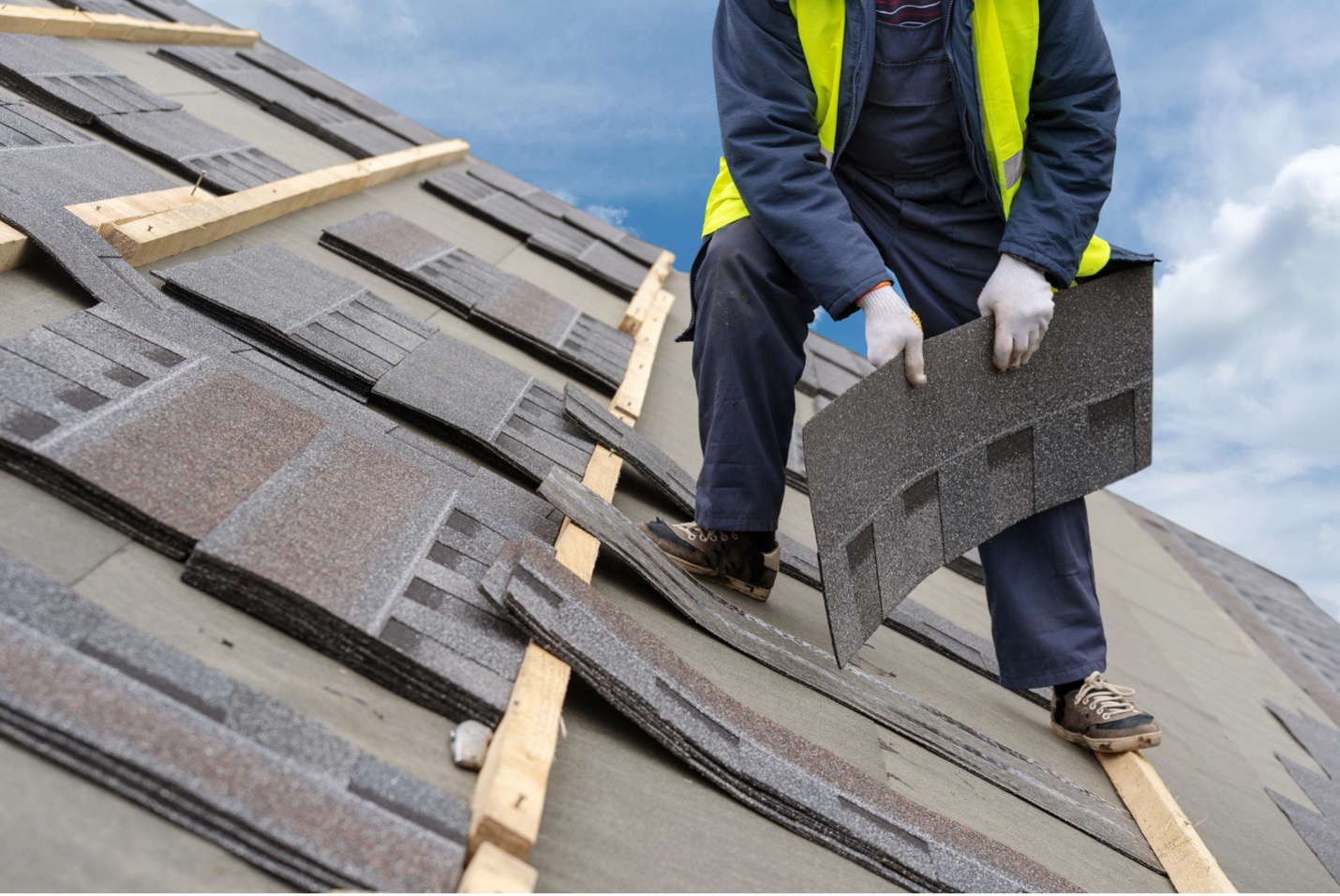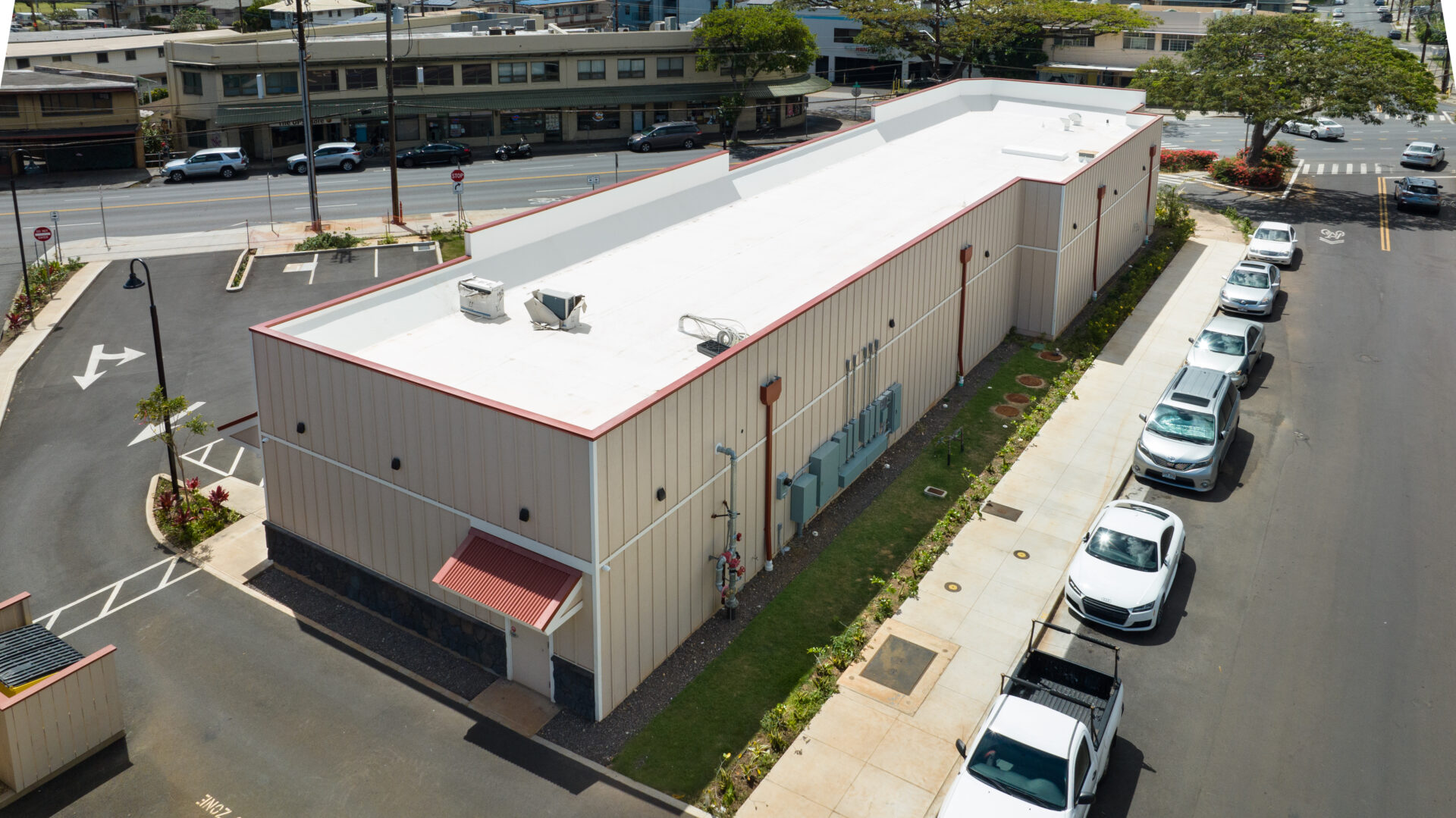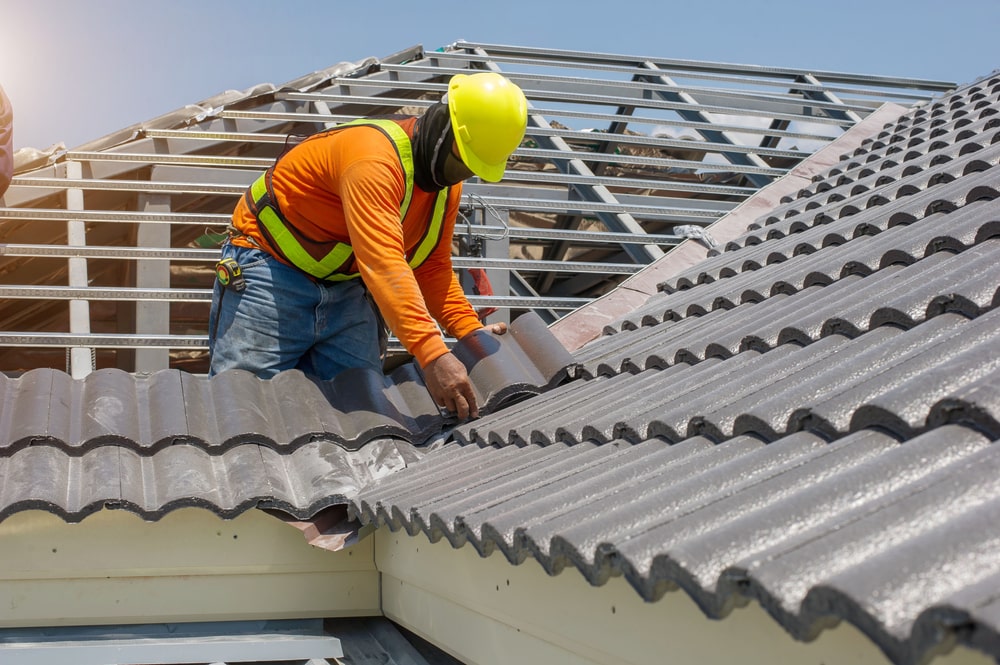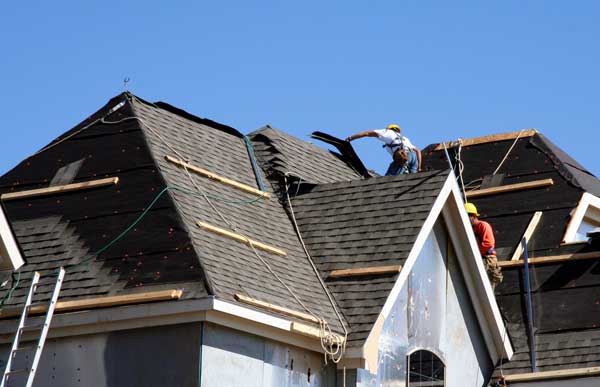A Total Guide to Roof Installment Strategies
The procedure of roofing installation is vital to the long life and efficiency of a framework, calling for a comprehensive understanding of different methods and materials. From choosing the ideal roof covering products to mastering important tools, each step plays a critical function in making certain a successful end result. Moreover, awareness of common pitfalls can considerably influence the toughness of the installment. As we discover these essential elements, it becomes evident that a meticulous approach is not merely beneficial but important for attaining a reliable and resistant roofing. What particular techniques will establish your job apart?

Comprehending Roof Materials
When picking roof covering materials, it is vital to think about both their functional residential properties and visual charm. The selection of roofing material substantially influences the toughness, insulation, and general appearance of a structure. Typical materials consist of asphalt roof shingles, tile, slate, and steel, each offering special advantages and downsides.
Asphalt roof shingles are preferred because of their affordability and convenience of installation, making them ideal for various environments. However, they might have a shorter life expectancy compared to various other materials. Steel roofing, recognized for its longevity and resistance to severe climate, can be a beneficial financial investment, though it may include greater in advance prices.
Slate and tile roof give a distinct visual allure and extraordinary durability, commonly lasting over 50 years. They call for a reinforced structure due to their weight and may require customized installation techniques.
Furthermore, factors to consider such as power performance and environmental impact ought to not be ignored. Cutting-edge alternatives like solar shingles or green roofs can improve sustainability. Eventually, the choice of roof materials must straighten with the house owner's budget plan, environment considerations, and individual style choices to guarantee a useful and aesthetically pleasing outcome.
Important Devices for Installation
Picking the ideal roof covering materials is just component of the equation; having the suitable tools for installment is equally essential to attain a successful result. A fully equipped setup team can considerably enhance efficiency and ensure a high quality coating.
Key tools consist of a roof covering nailer, which allows for fast and secure fastening of roof shingles or floor tiles, and a hammer for hand-operated adjustments. Safety and security tools is vital, consisting of harnesses and tough hats, to shield workers from possible drops and injuries. A ladder and scaffolding are crucial for accessing higher areas securely.
Measuring devices, such as a tape measure and chalk line, ensure exact positionings and positionings, while an energy knife is necessary for reducing roofing materials to size. In addition, a crowbar is invaluable for getting rid of old tiles or adjusting fitment throughout the installation process.
Step-by-Step Installment Process
An effective roofing installation depends upon thorough preparation and execution, making certain that each step is performed successfully. The procedure begins with a comprehensive assessment of the existing roof covering structure, identifying any essential repair work or supports. As soon as the foundation is considered audio, the next action involves gathering all called for products and devices, including underlayment, shingles, blinking, and ventilation systems.
Following product preparation, installers ought to lay down the underlayment, ensuring it is effectively lined up and safeguarded. oahu roofing contractors. This layer acts as a barrier versus dampness and enhances the roof covering's longevity. Next, the installation of flashing around chimneys, vents, and sides is crucial to stop water invasion

With the underlayment and blinking in position, the installment of roof shingles starts. Starting from the roofing system's reduced edge, shingles need to be split appropriately, overlapping each row to guide water stream far from the roofing system framework. Throughout this process, attention to information is necessary to maintain placement and prevent voids.
Usual Mistakes to Prevent
Lots of homeowners and specialists neglect important details throughout roof setup, which can result in costly repairs and endangered structural stability. One common mistake is insufficient roof ventilation. Poor ventilation can trap warmth and moisture, resulting in mold and mildew growth and early shingle degeneration.
One more constant error is overlooking to mount underlayment appropriately. Skipping this crucial action can reveal the roof covering deck to water damages, leading to significant structural problems (roofing companies oahu). Furthermore, failing to line up roof shingles effectively can create spaces, permitting water to permeate the roof system
Inappropriate flashing installment is an additional essential oversight. Blinking guides water far from joints and joints; if installed inaccurately, it can bring about leaks. Making use of the insufficient fasteners or incorrect materials can threaten the roofing system's durability and wind resistance.
By staying clear of these common blunders, service providers and homeowners can guarantee an effective roof covering setup that stands the examination of time. Proper interest to detail throughout setup is important for accomplishing a dependable and lasting roof system.

Upkeep Tips for Durability
Making sure the longevity of a roofing calls for normal upkeep and proactive care. Homeowners need to perform regular examinations at the very least two times a year, ideally in springtime and fall, to identify potential issues such as fractured roof shingles, rusted blinking, or indications of water damage.

Addressing minor repair work without delay can substantially prolong the life of a roof. Replacing a few damaged tiles or securing tiny leakages can protect against bigger, a lot more pricey repair services down the line.
It is likewise vital to ensure proper air flow in the attic room, as insufficient air flow can result in moisture accumulation, advertising mold and mildew growth and weakening roof materials.
Last navigate to this site but not least, think about working with an expert roof covering specialist for a comprehensive assessment every couple of years. Their expertise can offer useful understandings and guarantee that your roof stays in optimum condition, eventually safeguarding your investment.
Verdict
Finally, successful roofing installation depends on a comprehensive understanding of products, the application of vital tools, and adherence to a methodical installation procedure. By staying clear of typical blunders and carrying out efficient maintenance practices, the longevity and weather condition resistance of the roofing can be dramatically boosted. This guide acts as a fundamental resource for making certain that roofing jobs are carried out with accuracy and care, eventually adding to the durability and performance of the structure.
The process of roof covering installment is critical to the durability and efficiency of a framework, needing a comprehensive understanding of different methods and materials.A successful roofing setup pivots on precise planning and execution, informative post making certain that each action is lugged out efficiently - honolulu roofing. By staying clear of these usual mistakes, contractors and home owners can guarantee a successful roofing installment that stands the test of time. Proper attention to information during setup is vital for attaining a durable and trusted roof covering system
In final thought, successful roof installment counts on a thorough understanding of materials, the use of crucial more information devices, and adherence to a systematic installation process.